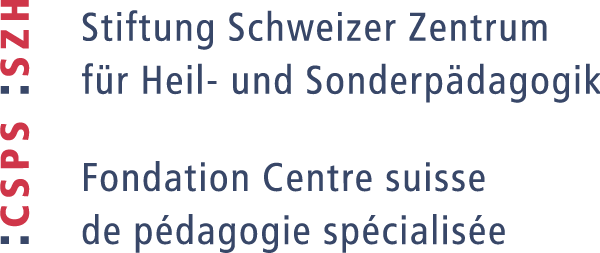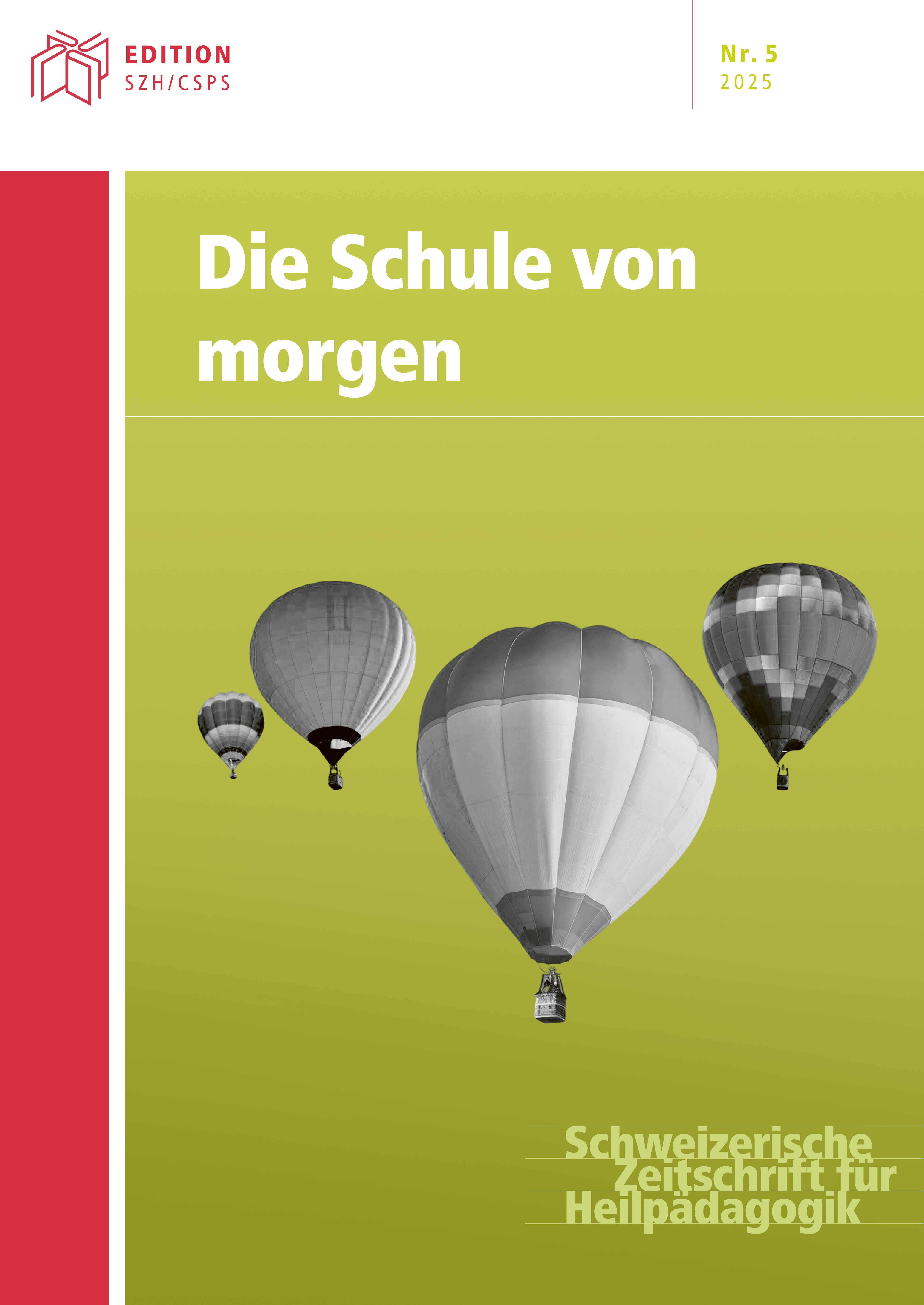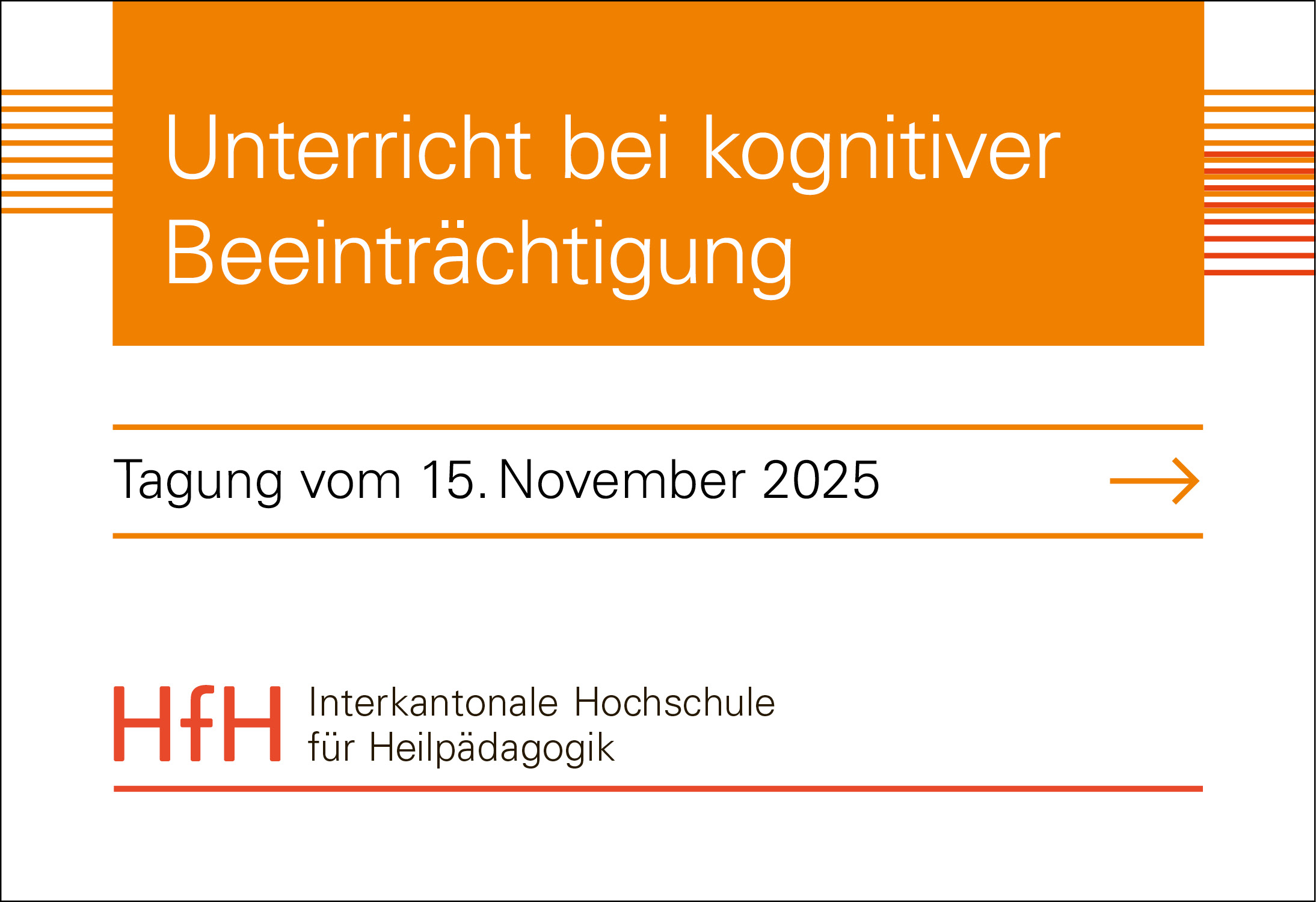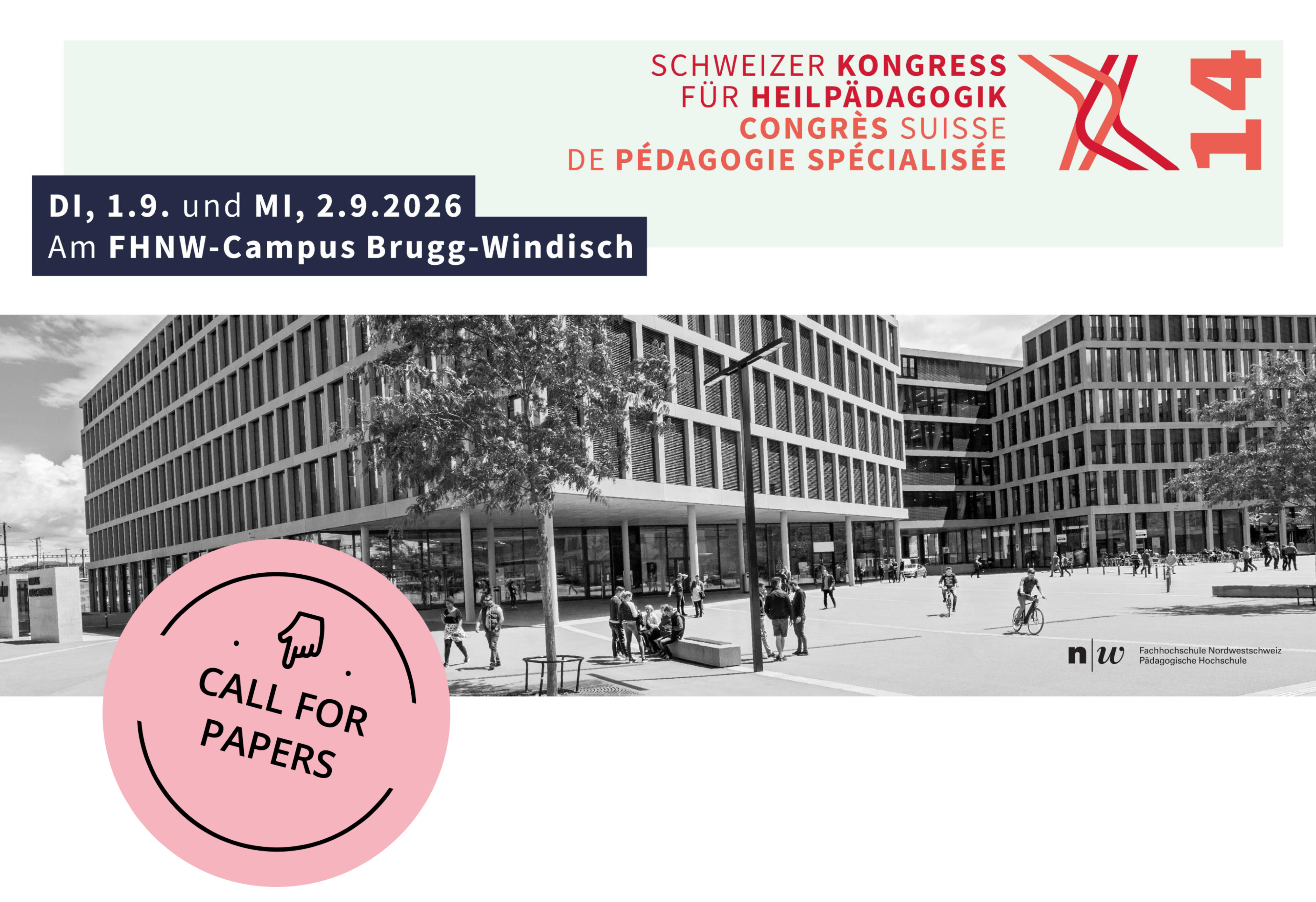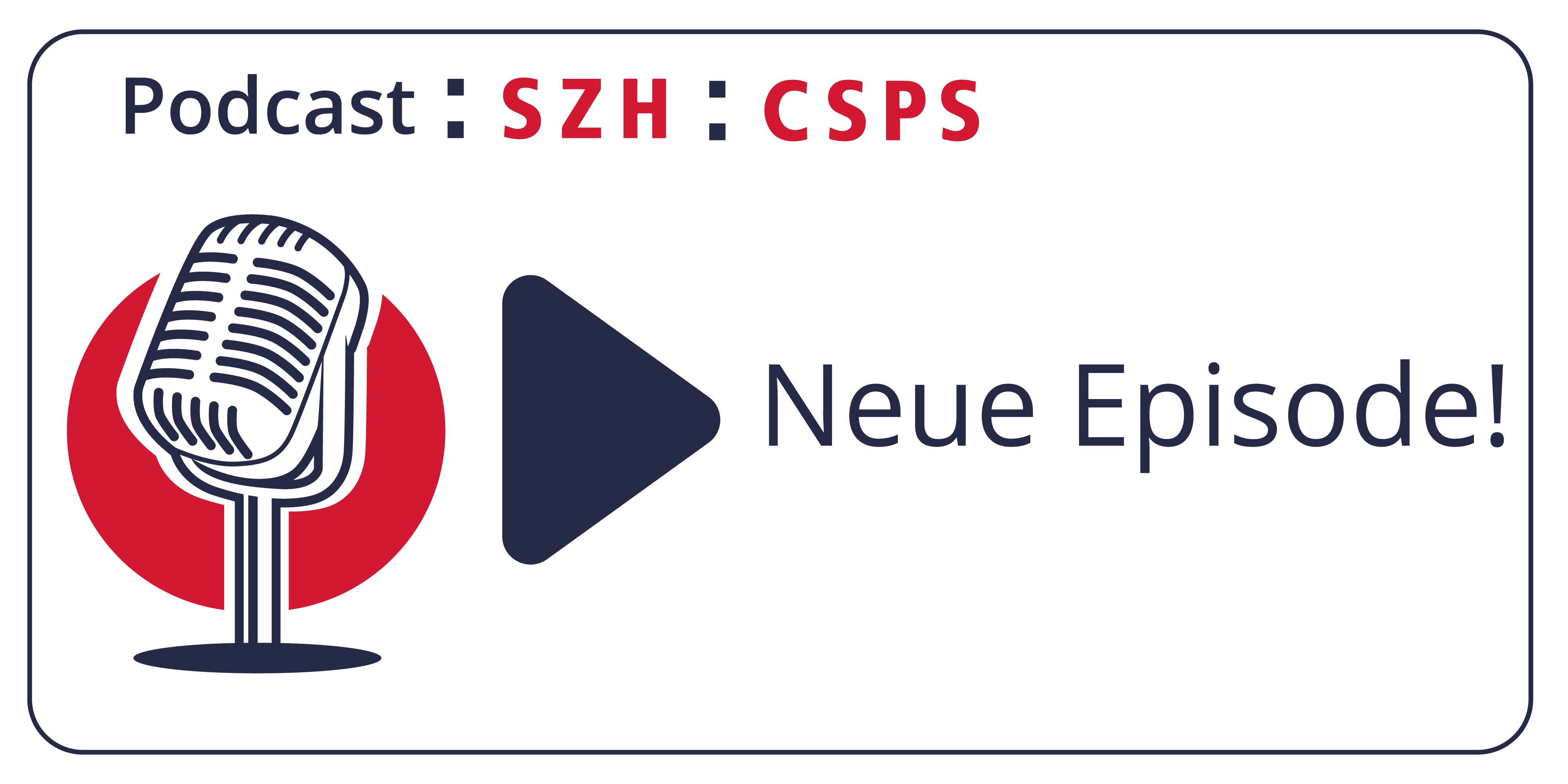Digitale Hochschulbildung für Menschen mit Behinderungen – Chancen und Grenzen
DOI :
https://doi.org/10.57161/z2025-05-08Mots-clés :
accessibilité, études à distance, haute école, formation, handicap, inclusion, numérisationRésumé
La numérisation a révolutionné l’enseignement à distance et permet un apprentissage flexible quel que soit le lieu. L’enseignement à distance utilise la technologie pour rendre l’éducation accessible à celles et ceux qui ne peuvent pas utiliser les voies d’enseignement conventionnelles. Cela concerne les personnes actives, celles ayant des obligations familiales ainsi que les personnes à mobilité réduite ou en situation de handicap. « UniDistance Suisse » illustre l’enseignement moderne à distance avec des phases d’apprentissage asynchrones, des vidéoconférences et des examens à distance. Cet article examine les chances et les limites des études à distance pour les personnes en situation de handicap dans le contexte de l’inclusion numérique. En outre, il formule des recommandations pour la politique et la pratique, qui peuvent aider les institutions à créer des environnements d’apprentissage inclusifs.
Références
Bayne, S., Evans, P., Ewins, R., Knox, J., Lamb, J., Macleod, H., O'Shea, C., Ross, J., Sheail, P., Sinclair, C. & Johnston, K. (2020). The Manifesto for Teaching online. MIT Press. https://doi.org/10.7551/mitpress/11840.001.0001
CAST (o. J.). The UDL guidelines. https://udlguidelines.cast.org/ [Zugriff: 06.06.2025].
Cinquin, P., Guitton, P. & Sauzéon, H. (2018). Online e-learning and cognitive disabilities: A systematic review. Computers & Education, 130, 152–167. https://doi.org/10.1016/j.compedu.2018.12.004
Dahlstrom-Hakki, I., Alstad, Z. & Banerjee, M. (2020). Comparing synchronous and asynchronous online discussions for students with disabilities: The impact of social presence. Computers & Education, 150, 103842. https://doi.org/10.1016/j.compedu.2020.103842
Elias, T. (2010). Universal instructional design principles for Moodle. The International Review of Research in Open and Distributed Learning, 11 (2), 110. https://doi.org/10.19173/irrodl.v11i2.869
Fernández-Batanero, J. M., Montenegro-Rueda, M. & Fernández-Cerero, J. (2022). Access and Participation of Students with Disabilities: The Challenge for Higher Education. International Journal of Environmental Research and Public Health, 19 (19), 11918. https://doi.org/10.3390/ijerph191911918
Gunawardena, M., Bischof, P. & Aviruppola, K. (2024). Personalized learning: The simple, the complicated, the complex and the chaotic. Teaching and Teacher Education, 139, 104429. https://doi.org/10.1016/j.tate.2023.104429
International Association of Accessibility Professionals. (o. J.). Certification overview. https://www.accessibilityassociation.org/certification-overview [Zugriff: 24.03.2025].
MacKenzie, A., Bacalja, A., Annamali, D., Panaretou, A., Girme, P., Cutajar, M., Abegglen, S., Evens, M., Neuhaus, F., Wilson, K., Psarikidou, K., Koole, M., Hrastinski, S., Sturm, S., Adachi, C., Schnaider, K., Bozkurt, A., Rapanta, C., Themelis, C. & Gourlay, L. (2021). Dissolving the Dichotomies Between Online and Campus-Based Teaching: a Collective Response to «The Manifesto for Teaching Online» (Bayne et al. 2020). Postdigital Science and Education, 4 (2), 271–329. https://doi.org/10.1007/s42438-021-00259-z
Moisey, S. D. (2004). Students with Disabilities in Distance Education: Characteristics, Course Enrollment and Completion, and Support Services. https://ijede.ca/index.php/jde/article/view/106/0
Moore, M. G. (2023). From correspondence education to online distance education. In O. Zawacki-Richter & I. Jung (Eds.), Handbook of Open, Distance and Digital Education (pp. 27–42). Springer. https://doi.org/10.1007/978-981-19-2080-6_2
O'Donnell, E., Lawless, S., Sharp, M. & Wade, V. P. (2015). A Review of Personalised E-Learning. International Journal of Distance Education Technologies, 13 (1), 22–47. https://doi.org/10.4018/ijdet.2015010102
Sancenon, V., Wijaya, K., Wen, X. Y. S., Utama, D. A., Ashworth, M., Ng, K. H., Cheong, A. & Neo, Z. (2022). A new Web-Based Personalized Learning system improves student learning outcomes. International Journal of Virtual and Personal Learning Environments, 12 (1), 1–21. https://doi.org/10.4018/ijvple.295306
Scanlan, M. (2021). Reassessing the disability divide: unequal access as the world is pushed online. Universal Access In The Information Society, 21 (3), 725–735. https://doi.org/10.1007/s10209-021-00803-5
Warschauer, M. (2003). Conclusion: The Social Embeddedness of Technologie. In M. Warschauer (Ed.), Technology and social inclusion: rethinking the digital divide (pp. 199–216). The MIT Press. https://doi.org/10.7551/mitpress/6699.001.0001
World Wide Web Consortium (2024). W3C accessibility standards overview. W3C Web Accessibility Initiative. https://www.w3.org/WAI/standards-guidelines/#intro [Zugriff: 06.06.2025].
Téléchargements
Publiée
Comment citer
Numéro
Rubrique
Licence
© Vincent Groff, Andrea C. Samson 2025

Ce travail est disponible sous la licence Creative Commons Attribution 4.0 International .
